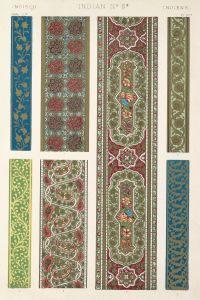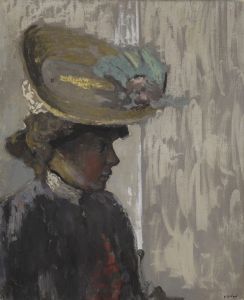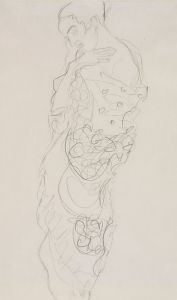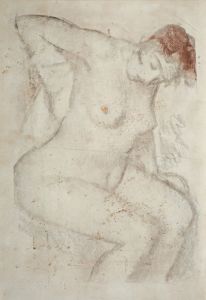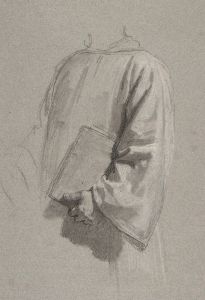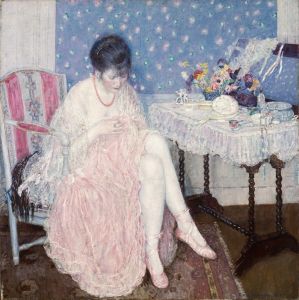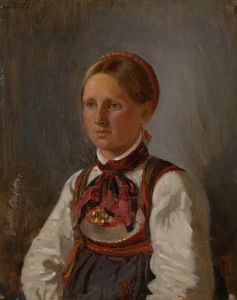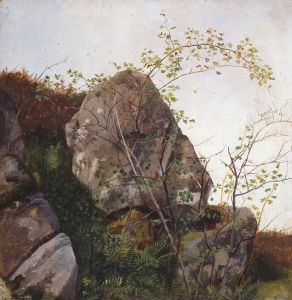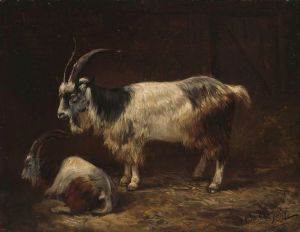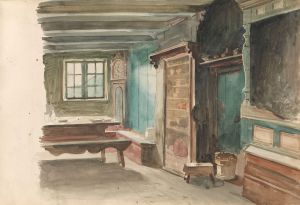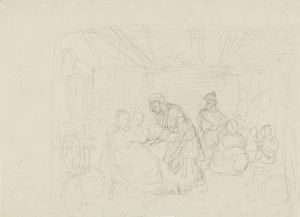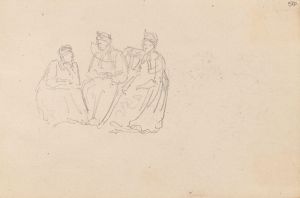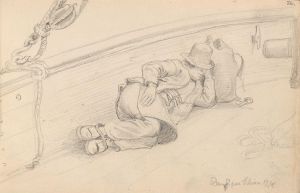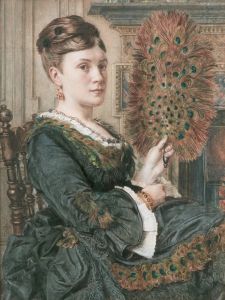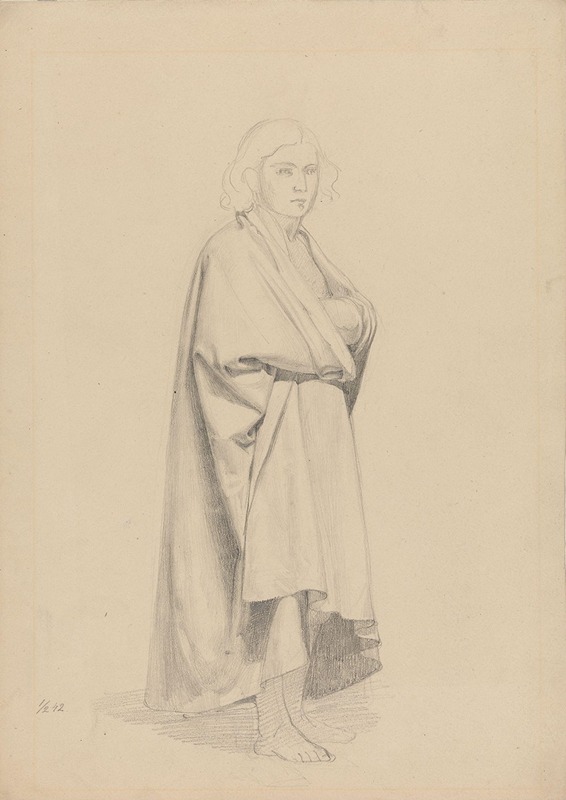
Stående ung mann, draperistudie
A hand-painted replica of Adolph Tidemand’s masterpiece Stående ung mann, draperistudie, meticulously crafted by professional artists to capture the true essence of the original. Each piece is created with museum-quality canvas and rare mineral pigments, carefully painted by experienced artists with delicate brushstrokes and rich, layered colors to perfectly recreate the texture of the original artwork. Unlike machine-printed reproductions, this hand-painted version brings the painting to life, infused with the artist’s emotions and skill in every stroke. Whether for personal collection or home decoration, it instantly elevates the artistic atmosphere of any space.
Adolph Tidemand was a prominent Norwegian painter known for his significant contributions to the national romantic movement in Norway during the 19th century. His works often depicted Norwegian folk life, traditions, and landscapes, capturing the essence of Norwegian culture and identity during a time of burgeoning national consciousness. One of his lesser-known works is "Stående ung mann, draperistudie," which translates to "Standing Young Man, Drapery Study."
"Stående ung mann, draperistudie" is a study piece rather than a finished painting, focusing on the depiction of drapery and the human form. Such studies were common practice among artists of Tidemand's time, serving as exercises to refine their skills in rendering fabric and anatomy. These studies were crucial for artists to master the intricate play of light and shadow on different textures and surfaces, which would later be applied to more complex compositions.
Adolph Tidemand was born on August 14, 1814, in Mandal, Norway. He pursued his artistic education at the Academy of Fine Arts in Copenhagen from 1832 to 1837. Following his studies in Copenhagen, Tidemand continued his education in Düsseldorf, Germany, which was a significant center for the arts during the 19th century. The Düsseldorf School of Painting, known for its detailed and realistic style, greatly influenced Tidemand's artistic development.
Throughout his career, Tidemand collaborated with other artists, most notably Hans Gude, with whom he created several iconic works such as "Bridal Procession on the Hardangerfjord." While "Stående ung mann, draperistudie" does not share the same level of fame as his collaborative works, it reflects Tidemand's dedication to mastering the technical aspects of painting.
The study likely served as a preparatory work for a larger composition or as a means to practice the depiction of clothing and the human figure. Such studies were often not intended for public display but rather as part of the artist's personal development and exploration of techniques. Tidemand's attention to detail and his ability to capture the subtleties of fabric and form are evident in this piece, showcasing his commitment to his craft.
Adolph Tidemand's legacy is primarily associated with his role in shaping Norwegian national identity through art. His works are celebrated for their historical and cultural significance, providing a window into 19th-century Norwegian life. While "Stående ung mann, draperistudie" may not be as widely recognized as some of his other paintings, it represents an essential aspect of his artistic journey and the meticulous process behind his celebrated compositions.
Tidemand passed away on August 25, 1876, in Christiania (now Oslo), Norway. His contributions to Norwegian art continue to be appreciated, with his works displayed in various museums and collections, including the National Gallery in Oslo. "Stående ung mann, draperistudie" remains a testament to his skill and dedication as an artist, reflecting the foundational practices that underpinned his more renowned works.





